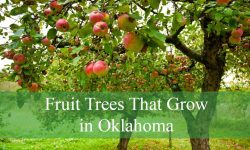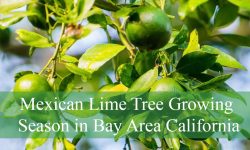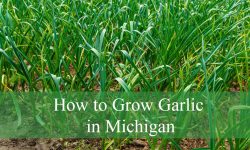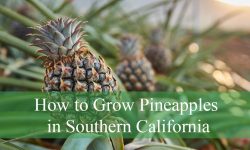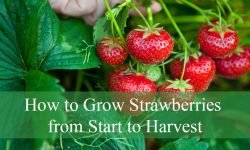There is a distinct class of seeds that has gained popularity among gardeners and naturalists for resembling the human brain. Many other seeds possess this alluring quality, with walnuts standing out as a particularly striking example. Let’s uncover the secrets of this universe, exploring each plant wonder that encourages us to recognize similarities between the intricacies of nature and the human brain.
From the spiky allure of sweetgum seeds to the delicate undulations of walnut shells, these botanical marvels invite us to appreciate their extraordinary similarities. Come, explore the mysteries held by these seeds, and join us as we build a bridge between the marvels of the mind and the realm of horticulture.
Different types of Seeds that Look Like a Brain
Walnut (Juglans regia)
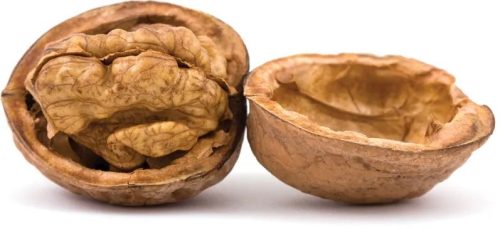
No. 1 on our list of extraordinary natural brain mimics is the walnut, namely Juglans regia. The grooved surface of our own brain is strikingly similar to the complex folds and creases of a walnut shell. However, walnuts are renowned for their omega-3 fatty acids, which are known to improve cognitive function, so the appeal goes beyond just looks. Their enticing bond with the human brain is further enhanced by this nutritious component.
Acorn (Quercus spp.)
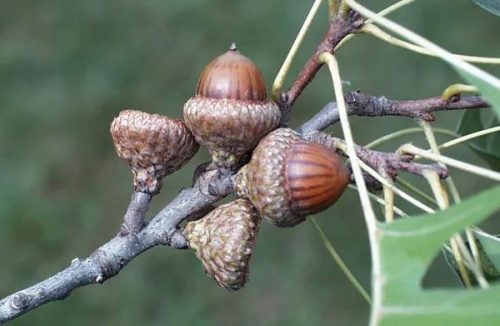
Acorns—which come from a variety of Quercus species—often bear remarkable similarities to the complex architecture of the human brain. The two halves of the nut’s shell provide an interesting visual parallel with the hemispheres of the brain. Acorns are important to forest ecosystems because they represent the possibility for growth and regeneration, in addition to their value.
Pecan (Carya illinoinensis)
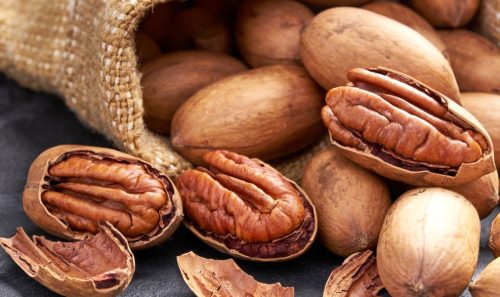
Crack open a pecan, and you’ll see parts inside that look like the hemispheres of your brain. Besides that, pecans are also a healthy snack because they are delicious and a good source of many important nutrients. Pecans support heart health and general health because they are packed with heart-healthy fats, antioxidants, and a variety of vitamins.
Avocado (Persea americana)
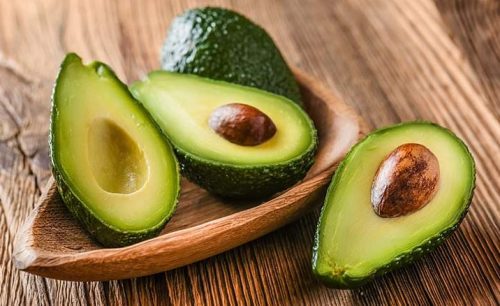
One interesting similarity between the avocado and the human brain is the firm and sleek form of the avocado seed (Persea americana). Furthermore, believers display their artistic ability by using these odd seeds to construct objects or carve intricate designs.
Buddha Nut (Entada spp.)
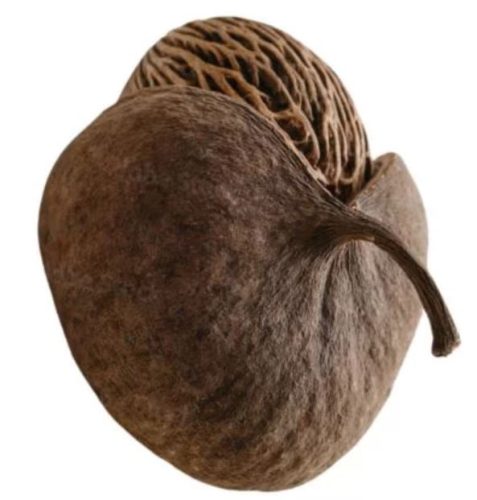
The broad, level seeds of the Buddha Nut (Entada spp.) have a look that alludes to a peaceful, introspective mind. Their distinct form and feel are calming, reminding one of the creases and contours of a tranquil mind. Buddha nuts are valued as talismans in some cultures and are often used as ornamental components in addition to their aesthetic appeal.
Ginkgo Biloba (Ginkgo biloba)
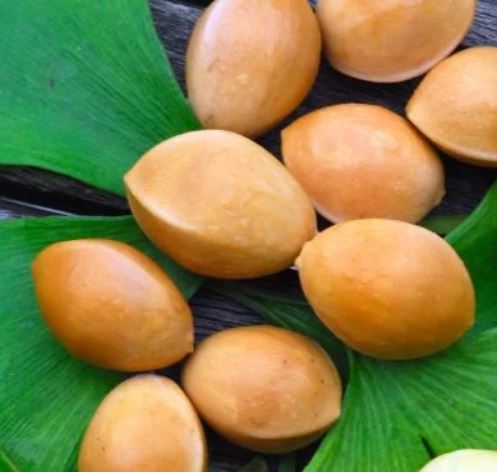
The seeds of the ginkgo biloba plant have a distinctive fan-like shape that suggests the intricate workings of the human brain. Ginkgo biloba is renowned for its propensity to improve cognitive function, thus the similarities extend beyond simple visual comparisons. Ginkgo biloba leaf extract has been used in traditional medicine for generations, and it is said to improve memory, cognitive function, and general brain health.
Passionflower (Passiflora incarnata)
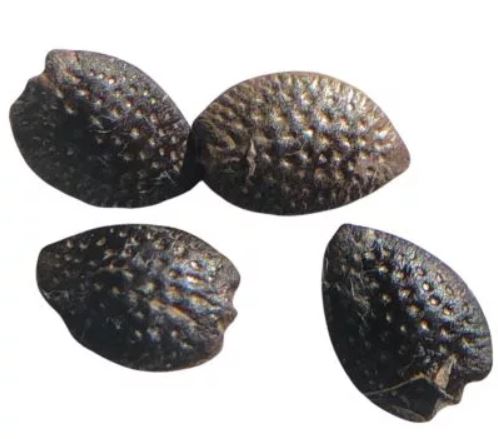
The spherical form and many tiny lines of passionflower seeds can occasionally resemble the complex surface texture of the human brain. Apart from their visual similarity, passionflower seeds are used in herbal medicines because they are thought to have relaxing effects. Passionflower, which is abundant in flavonoids, has been used to reduce tension, anxiety, and encourage relaxation.
Jujube (Ziziphus jujuba)
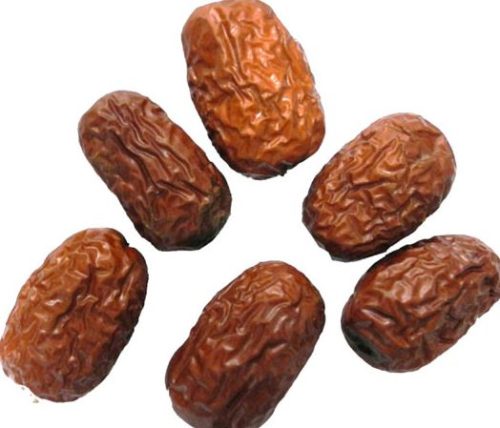
The crinkled surface of jujube seeds reminds one of the human brain’s convolutions. Beyond their fascinating look, jujube fruits are highly valued in traditional medicine due to a variety of health benefits that are thought to exist. Packed full of antioxidants and nutrients, these little wrinkly fruits have been linked to improved immunity, improved digestion, and better sleep.
Sweetgum (Liquidambar spp.)
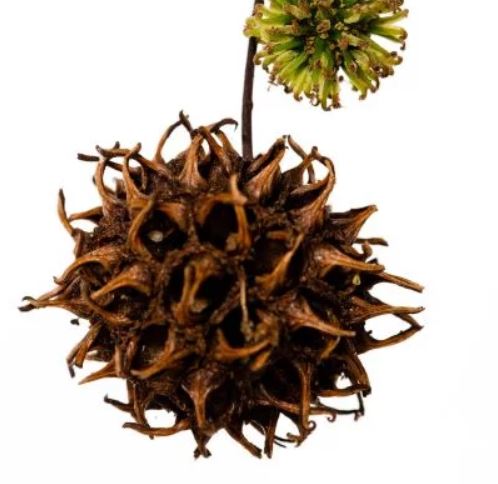
Sweetgum (Liquidambar spp.) seeds have an enticing spiky, spherical shape that makes one think of the complexities akin to the intricate anatomy of the brain. In addition, craftspeople commonly use these unusual seeds in their creations, giving ornamental objects a particular flair. Sweetgum seeds’ spiky texture and spherical shape add to their artistic versatility and improve the visual attractiveness of a variety of projects.
Watermelon Seed (Citrullus lanatus)
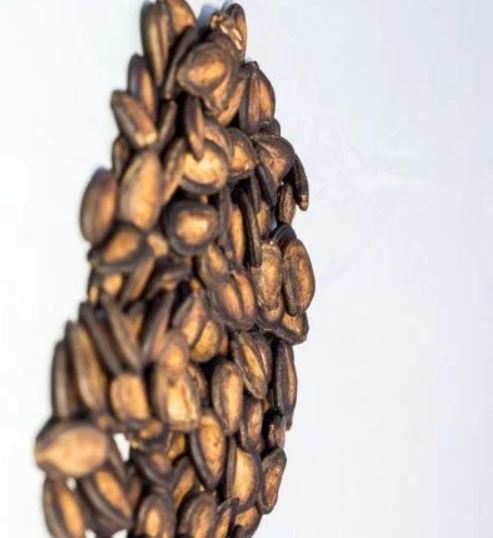
Though they are not a perfect replica, dried watermelon seeds can take on the look of a brain hemisphere. These seeds’ shapes and patterns have a faint resemblance to the complex folds seen inside the brain. In addition, watermelon seeds are a favorite snack across many cultures since they are a crunchy and healthy choice. These seeds are also used in traditional medicine, where it is thought that they offer a number of health advantages.

